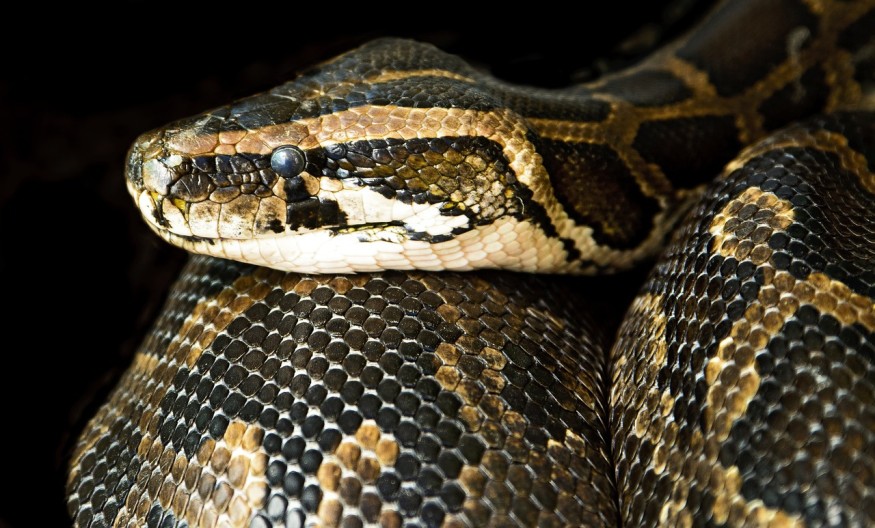Researchers in Australia and the US have made the first-ever description of the snake clitoris. In their study, titled "First Evidence of Hemiclitores in Snakes," published in the journal Proceedings of the Royal Society B, researchers described the size and shape of the snake clitoris called hemiclitoris from nine different snake species across the world.
CNet reported that the team used dissection and 3D X-ray scanning technology to study the female snake genitalia and compare it to the male snake genitalia, known as the hemipenis.

Mistaken Identity: Snakes Have Clitoris Too
Previous research had mistakenly identified the hemiclitoris in snakes as the male snake genitalia or scent glands. But to further understand them, the team dug deeper into archived research and identified the physiological structures existing in the snake by studying cells and structures under a microscope. They said that the two female death adders were key to fully elucidating the structure.
Megan Folwell, the lead researcher and a Ph.D. candidate from the University of Adelaide, found a heart-shaped organ abundant in nerves and clusters of red blood cells, which implies that they could become engorged when stimulated during mating.
Biologist Kate Sanders from the same university and a co-author of the paper said that this is an important discovery because snake mating is often thought to involve coercion of the female, unlike other animals that seduce their partners.
They found that female snakes have two clitorises, the first formal evidence of a sexual organ in snakes, as per New Scientist's report. Folwell noted that there is a lot of information about making snake genitalia but not so much about hemiclitoris.
She added that it did not take much searching to prove it existed as they only peeled back the snake's skin and found the structure on the underside of all nine species' tails that they examined.
Dissections and the 3D X-ray technology revealed different sizes and structures between species. The Mexico native cantil viper (Agkistrodon bilineatus) has the largest hemiclitoris among the nine species, while Ingram's brown snake (Pseudonaja ingrami) from Australia has the smallest.
Other snake species they looked at were the common death adder (Acanthophis antarcticus), Guatemalan milk snake (Lampropeltis abnormal), and carpet python (Morelia spilota). Folwell suspects that most snakes, if not all, have hemiclitoris.
What Took Scientists So Long to Discover the Snake Clitoris?
So, why did it take scientists so long to identify the hemiclitoris in snakes? The clitoris is commonly found in female amniotes or the group of land-dwelling animals, such as reptiles and mammals, but not birds.
Study co-author Jenna Crowe-Riddell, a neuroecologist at La Trobe Un, wrote in The Conversation that there are three reasons why scientists do not know about the organ.
First, snake genitalia is mostly hidden within the tail. Second, some snake species are intersex individuals having both ovaries and hemipenis. Folwell and the team discussed the confusion of the identification of the organ in a June review paper.
Lastly, female genitalia does not receive the same research attention as male genitalia, which is also true across mammal species and humans. But this time, the female snake genitalia is finally being acknowledged.
RELATED ARTICLE : Snakes Breathe Differently From Humans: Here's How Boa Constrictors Swallow Huge Preys Without Suffocating
Check out more news and information on Snakes in Science Times.
© 2026 ScienceTimes.com All rights reserved. Do not reproduce without permission. The window to the world of Science Times.












